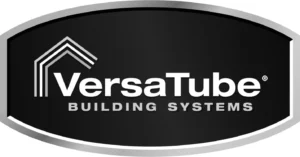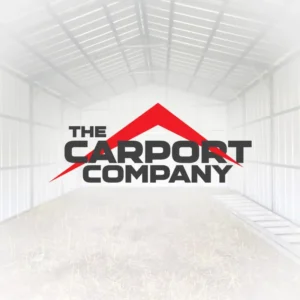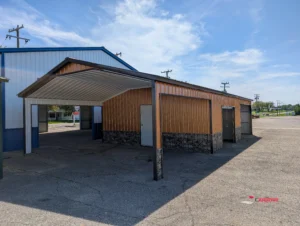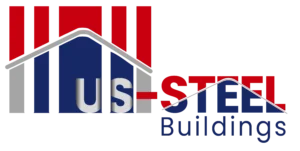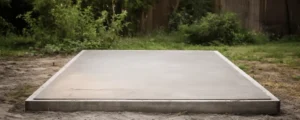8 Minute Read
Can Carports Withstand High Winds? What You Need to Know
When investing in a carport, one of the most common concerns homeowners have is whether it can withstand high winds. After all, no one wants to see their investment damaged during a storm. At The Carport Co., we understand your concerns, and we’re here to provide clarity. In this blog post, we’ll explore the factors that determine a carport’s wind resistance, the risks of choosing a carport based on price alone, how to choose a durable structure, and why our carports are built to last—even in challenging weather conditions.
Want to get a quote on an engineer stamped and certified carport that can withstand winds up to 170 MPH? A Carport Co. representative would love to help. Call (888) 293-5588, or email [email protected]. Thank you for choosing The Carport Co. for your project!
Get Started
It’s quick and easy! Get a quote for an engineer stamped carport. Financing and rent-to-own options are available!

Manufactured in the United States

Competitive Warranties

Licensed and Insured Installers

Outstanding Customer Service
Structures That Stand Strong™
Table of Contents
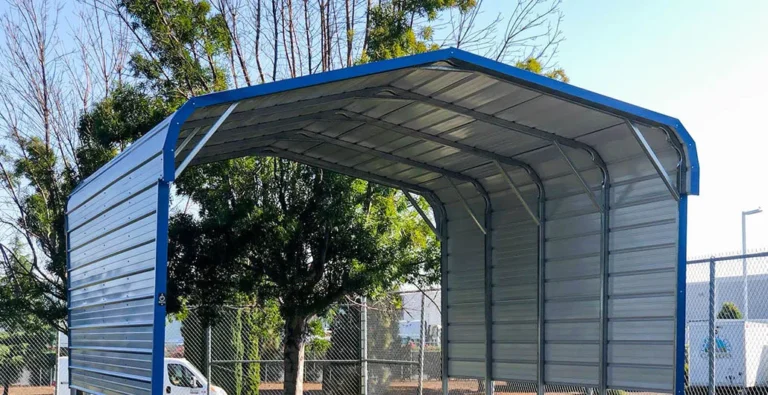
Understanding Wind Resistance in Carports
Carports are designed to protect your vehicles and belongings from the elements, but not all carports are created equal when it comes to wind resistance. The ability of a carport to withstand high winds depends on several key factors:
1. Material Quality
The type of material used in your carport plays a significant role in its durability. At The Carport Co., we use high-quality, galvanized steel for our carports. Galvanized steel is known for its strength, corrosion resistance, and ability to withstand extreme weather conditions, including high winds.
2. Design and Engineering
A well-engineered carport is built to distribute wind pressure evenly across its structure. Our carports feature reinforced frames and aerodynamic designs that reduce wind resistance, making them more stable during storms.
3. Anchoring and Installation
Proper installation is critical for wind resistance. Our carports come with heavy-duty anchoring systems that secure the structure to the ground, preventing it from being lifted or shifted by strong winds. Plus, our FREE professional installation ensures your carport is set up correctly the first time.
4. Wind Rating
Carports are often rated for specific wind speeds. At The Carport Co., our carports are engineered to meet or exceed local building codes and can withstand wind speeds of up to 130-170 MPH, depending on location.
The Risks of Choosing a Low-Cost, Low-Quality Carport
While it may be tempting to save money by purchasing a cheaper carport, doing so can lead to significant risks—especially in areas prone to high winds, hurricanes or tornadoes. Here’s why opting for a low-cost carport made from inferior materials or one that isn’t engineer-certified could cost you more in the long run:
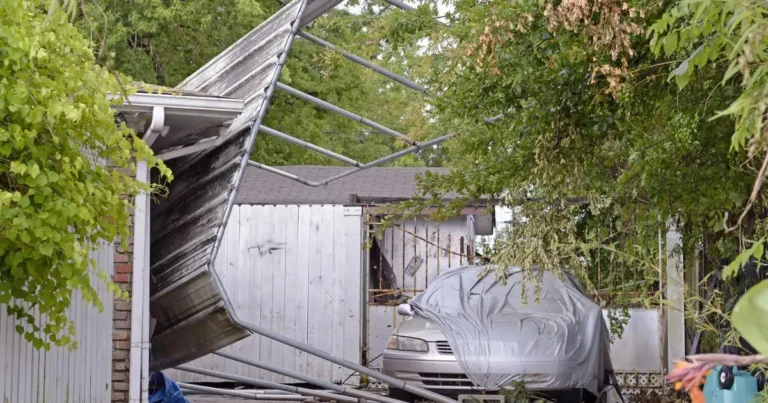
1. Poor Material Quality
Low-cost carports are often made from thin, low-grade materials like lightweight aluminum or untreated steel. These materials are more susceptible to:
Bending or Warping: Under high wind pressure, weak materials can bend, warp, or even collapse.
Rust and Corrosion: Without proper galvanization, cheaper metals can rust over time, weakening the structure and reducing its lifespan.
2. Lack of Engineering and Certification
Carports that aren’t engineer-certified may not meet local building codes or wind load requirements. This can result in:
Structural Failure: Non-certified carports may not be designed to handle high winds, leaving them vulnerable to damage or collapse during storms.
Safety Hazards: A poorly engineered carport can become a safety risk, potentially causing injury or property damage if it fails.
- No Permits: A carport that lacks engineer-certification will almost always be impossible to get a permit or building permission from your local government. Refusing to remove the structure can lead to heavy fines and litigation.
3. Inadequate Anchoring Systems
Cheaper carports often come with flimsy or insufficient anchoring systems. Without proper anchoring:
Lifting and Tipping: High winds can lift or tip the carport, causing it to detach from the ground and potentially damage your vehicle or property.
Increased Vulnerability: Weak anchors make the entire structure more susceptible to wind damage, even at lower wind speeds.
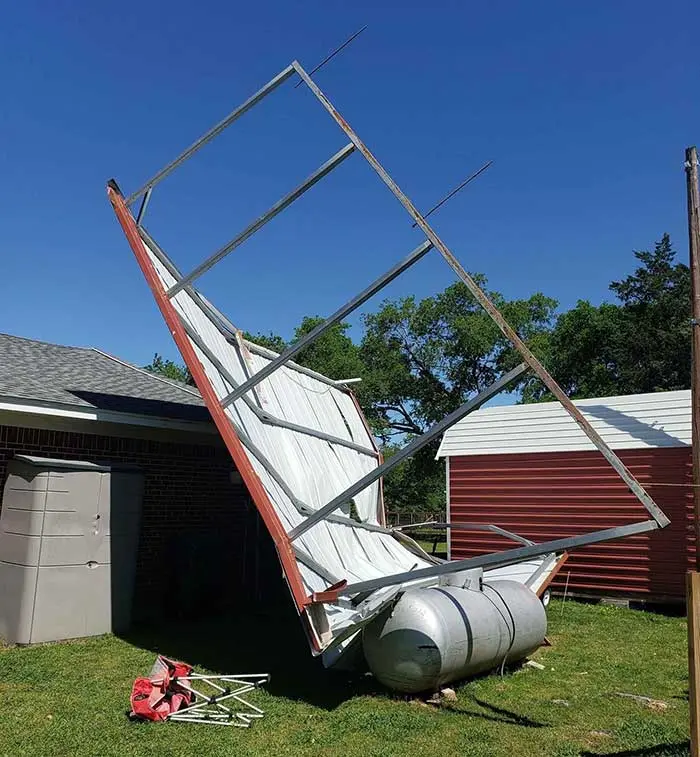
4. Short-Term Savings, Long-Term Costs
While a low-cost carport might save you money upfront, the long-term costs can be significant:
Frequent Repairs: Weak materials and poor construction often lead to recurring repair costs.
Replacement Costs: A carport that fails during a storm may need to be completely replaced, negating any initial savings.
Insurance Issues: If a non-certified carport causes damage to your property, your insurance company may deny your claim, leaving you to cover the costs.
5. Lack of Professional Installation
Many low-cost carports are sold as DIY kits, leaving installation up to the buyer. Improper installation can:
Compromise Stability: Even a well-designed carport can fail if it’s not installed correctly.
Void Warranties: DIY installations often void warranties, leaving you unprotected if something goes wrong.
At The Carport Co., we believe in providing value, not just low prices. Our carports are made from high-quality, galvanized steel, engineered to meet or exceed local building codes, and come with FREE professional installation to ensure your structure is safe, secure, and built to last.
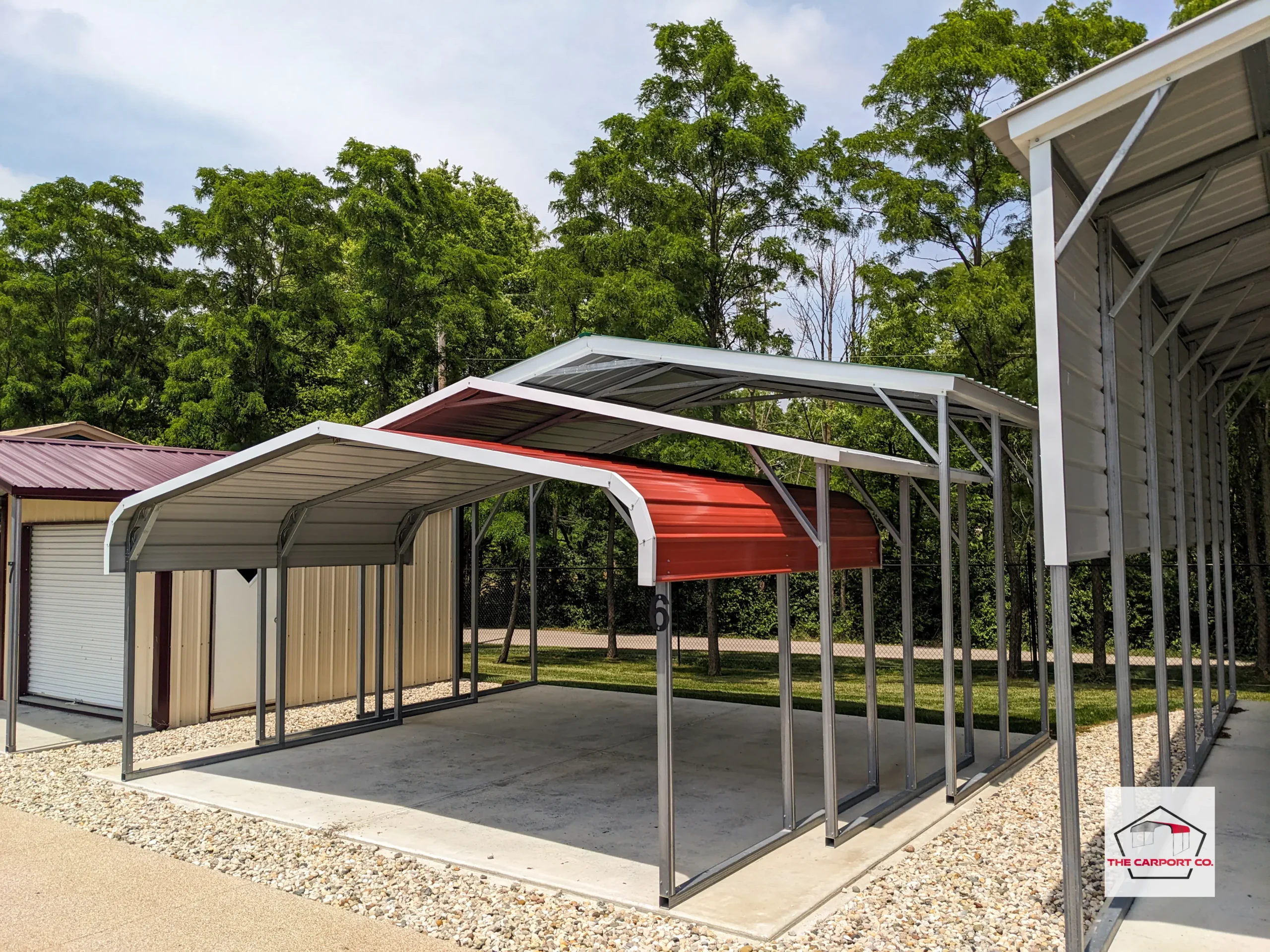
How to Choose a Wind Resistant Carport
If you live in an area prone to high winds or severe weather, here’s what to look for when choosing a carport:
1. Check the Wind Rating
Ensure the carport is rated for the wind speeds common in your area. You can use our Load Requirements Tool if you aren’t sure.
2. Opt for Galvanized Steel
This material offers superior strength and durability compared to aluminum or wood. Purchase at least 14 gauge or 12 gauge steel, never opt for anything higher if you are concerned with any amount of wind. See: 12 Gauge vs 14 Gauge Steel.
3. Choose a Reputable Provider
Work with a trusted company like The Carport Co. that prioritizes quality and safety.
4. Consider Reinforcement
Add side panels or gable ends to reduce wind exposure and increase stability.
Why Choose The Carport Co. for Your Wind Resistant Carport?
At The Carport Co., we’re committed to providing carports that are not only affordable but also built to last. Here’s why our customers trust us:
FREE Delivery and Installation: We handle the entire process, so you don’t have to worry about a thing.
Nationwide Coverage: We serve the majority of the United States, bringing durable carports to your doorstep (or driveway).
Quality Assurance: Our carports are made from premium materials and engineered to withstand harsh weather conditions.
Customer Satisfaction: We’ve helped countless homeowners protect their vehicles and belongings with reliable, wind-resistant carports.
Frequently Asked Questions
What windspeeds can a carport withstand?
Most high-quality carports, like those from The Carport Co., are designed to withstand wind speeds of 130-170 MPH. However, the exact rating depends on the design, materials, and installation. Always check the wind rating for your specific model.
Can I install a carport in a hurrican-prone area?
Yes, but you’ll need a carport specifically engineered for extreme weather. Look for models with reinforced frames, heavy-duty anchoring, and a high wind rating. Our team can help you choose the right carport for your location.
How do I secure my carport during a storm?
Proper installation is key. Our carports come with heavy-duty anchors that secure the structure to the ground. Additionally, removing loose items (like patio furniture) from around the carport can prevent damage during high winds.
Are metal carports better than wooden ones for wind resistance?
Yes, metal carports (especially those made from galvanized steel) are far more durable and wind-resistant than wooden carports. Metal is less likely to warp, crack, or sustain damage during storms.
Can I add extra wind protection to my carport?
Absolutely! Adding side panels, enclosed walls, or even bracing kits can significantly improve your carport’s wind resistance. We offer customizable options to meet your specific needs.
How do I know if my carport meets local wind load requirements?
If you purchased an engineer-certified carport like The Carport Co. offers, then you would have received engineering plans showcasing how much wind in MPH your carport can withstand. If you’ve misplaced your engineering plans, you can reach out to the manufacturer that originally sold you the building.
Are carports safe in tornado-prone areas?
Carports can withstand some tornados, but generally only those where the maximum wind speed reaches below 170 MPH. If your area frequently sees tornadoes with high wind speeds, consider investing in a storm-rated garage or reinforced metal building for maximum protection.
Table of Contents
Ready to Begin Your Project?
Do you think The Carport Co. would be a good fit for you? We’d love to earn your business. Fill out the quote form, and one of our friendly representatives will be in touch with you shortly. We’re here to answer questions you may have, provide personalized recommendations, and get you an estimate on your project.
To speak with someone, call (888) 293-5588 or email [email protected].
Don’t miss out on the opportunity to enhance your property with a durable, versatile, and visually appealing metal structure. Contact The Carport Co. today and experience what we can do.
Visit our 3D Builder to design your own structure!
Get Your FREE Custom Quote
No-obligation, 100% FREE quote, delivered in minutes.
The Ultimate Buyer’s Guide is a collection of articles by The Carport Co. These articles have been catered to first time steel and metal carport, garage, and commercial building buyers. Our goal is to share as much information with customers as possible, to help make informed decisions, and ensure a customer doesn’t discover an addition they would have liked to added at the time of sale, but was not aware of the option’s existence.
Here is a preview of a few articles. To view the full Buyer’s Guide, please visit the Ultimate Buyer’s Guide page.

